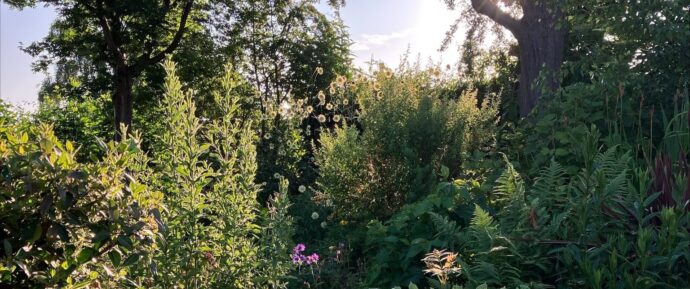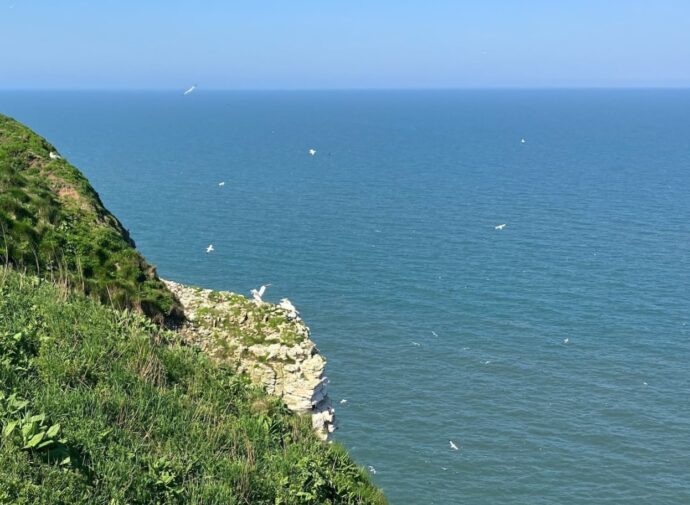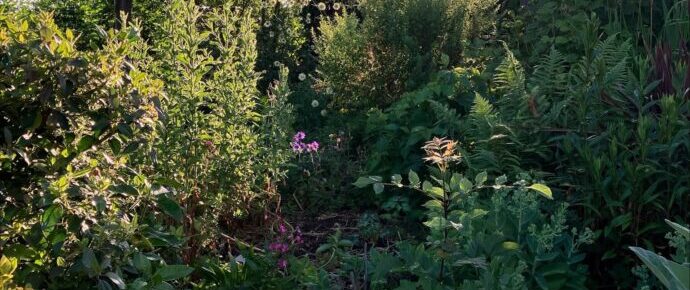Biodiversity net gain (BNG) is mandatory from today

From today, Monday 12th February 2024, Mandatory Biodiversity Net Gain (BNG) begins for major developments applying for new planning permission under the Town & Country Planning Act. BNG then extends to minor developments, applying under the same Act, from April 2024.
By the end of 2025, BNG is expected to extend to Nationally Significant Infrastructure Projects.
To clarify what some of this means, our ecologists have provided some answers to Frequently Asked Questions, below.
What is BNG?
Biodiversity – biological diversity – is the variety of life on Earth. Having a ‘net gain’ for biodiversity means leaving the living components of a particular area (or, ecosystem) in a measurably better condition than in which they were found.
The way in which ecologists measure the condition of an area before a project has been undertaken and predicts what can be achieved after a project has been completed is by undertaking surveys, using a mapping system, and applying a formula (this is known as the BNG metric). Comparing those before and after figures result in a measurable gain – or loss – for biodiversity resulting from a project.
Losses are not permitted as of Monday 12th February 2024: a mandatory minimum of a 10% net gain across England has been set in law. Many Local Planning Authorities (LPAs) setting their minimum higher to ensure biodiversity improves in their regions.
Why does biodiversity matter?
More biodiversity means healthier, more resilient, ecosystems. Our living world is complex and formed by connections between its parts. These connections and systems are ultimately what sustains life.
Why has BNG been created?
Biodiversity in England has been in decline for decades, accelerating in the last thirty years (State of Nature, 2023). This has had detrimental impacts to the life systems on which we depend – declines in pollination, species extinctions, and contributing to the deterioration in the health of watercourses. There are many factors that have contributed to nature’s decline, and habitat loss from development is one of them.

What does BNG mean for development?
BNG has been created so that the impacts of development do not continue to contribute to the decline of nature; rather, it creates opportunities for developments to contribute to the recovery of thriving ecosystems in England. It adds to, rather than replaces, other current planning and environmental legislation.
Developers will be required to submit a BNG Assessment and calculation using Natural England’s Biodiversity Metric. Effectively, this shows a comparison of the pre- and post- development biodiversity values.
Weddles can assist during the early stages of design to consider the most important and valuable existing habitats, and how these can be protected and retained as part of the development. As our team carry out landscape design, arboriculture, horticulture, and ecology survey work, everything relating to BNG can be carried out in-house, collaboratively, ultimately leading to a more efficient project pipeline.
For more information, see Biodiversity Net Gain, or feel welcome to contact our team.


